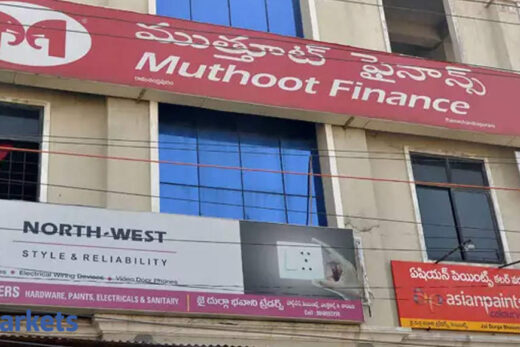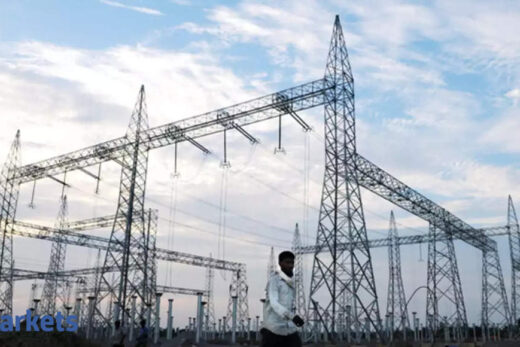The company’s shares initially plunged 7.5% in Monday morning trade after it reported last Saturday that its June quarter losses widened sequentially to Rs 7,312.9 crore on a 4.7% fall in revenue of Rs 9,152.3 crore, which was the lowest in more than two years.
The Vi stock was down 4.6% at Rs 6.03 during Monday mid-morning trade on the BSE.
ICICI Securities said Vi’s June quarter cash Ebitda at Rs1,380 crore shows “fast deteriorating cash flow,” while liabilities are rising. “We see high risk and huge concern for Vi, and in the wake of growing uncertainties, we believe the existing operation is unlikely to meet upcoming payouts, and the risk of default cannot be ruled out as the much anticipated tariff hike/s and capital infusion have been insufficient,” the brokerage said in a note.
Goldman Sachs estimates Vi could face a Rs 23,800 crore ($3.2 billion) cash shortfall until April ’22 at its current EBITDA run-rate. Vi has stiff upcoming payment commitments towards existing debt repayments, spectrum payment installment annual AGR payments.
BofA Securities said “Vi’s Q1 results indicate that the company continues to face structural headwinds, and unless the government steps in to aid, we see risks of India turning to be a two-player market”.
JP Morgan backed the view, saying “Vi needs several levels of government and regulatory support to keep it viable,” each of which is likely to benefit peers or dilute equity holders sharply. “The overall debt burden from spectrum and AGR remains, keeping the value of equity virtually unforecastable.”
The Department of Telecommunications (DoT) has sought Rs 58,254 crore from Vi towards AGR dues, of which the telco has paid only Rs 7,854 crore. The telco’s AGR liabilities, including interest, are now at around Rs 62,180 crore, according to the department’s calculations, Vodafone Idea said.
The government, on its part, is reportedly preparing a relief package for the telecom sector. The package could include allowing surrender of spectrum, reduction of bank guarantees, phasing out or reduced levies such as licence fees and spectrum usage charges and prospectively redefining AGR to exclude non-telecom items.
Goldman Sachs said the near 5% sequential decline in Vi’s June quarter revenue was the primary reason for the sharp fall in the telco’s Ebitda, which declined nearly 16% on-quarter to Rs 3,707.7 crore.
The global brokerage added that Vi’s “annualised cash Ebitda fell 26% qoq to Rs 51 billion in the June quarter, vs Rs 70 billion in 4QFY21”.
It estimates that even a 50% rise in Vi’s ARPU — which fell 3% sequentially to Rs 104 in June quarter — would result in incremental Ebitda of just about $1.6 billion, which is still well below the amount needed to meet all its repayment obligations. “Vi may need to consider a combination of a significant capital raise and a large tariff increase in the very short term, else the company’s market share erosion could accelerate”.
Analysts added that Vi’s high balance sheet leverage will trigger a further 3-4% cuts in its capex, which may be lower versus that of Bharti
by at least $1 billion annually.
Jefferies said if Vi continues to be unable to adequately invest in its network, “then market share gains for Bharti/Jio will continue,” adding that any form of relief from the government would be an added positive for Bharti/Jio.
It added that Vi’s continued under-investment in its network compared to Airtel has resulted in the latter increasing its lead on broadband base-stations from 61,000 in 1QFY21 to 2,15,000 in 1QFY22. “Bharti has added 46 million 4G subs over the past 4 quarters as against Vi’s 8 million, resulting in market share gains for Bharti.”



